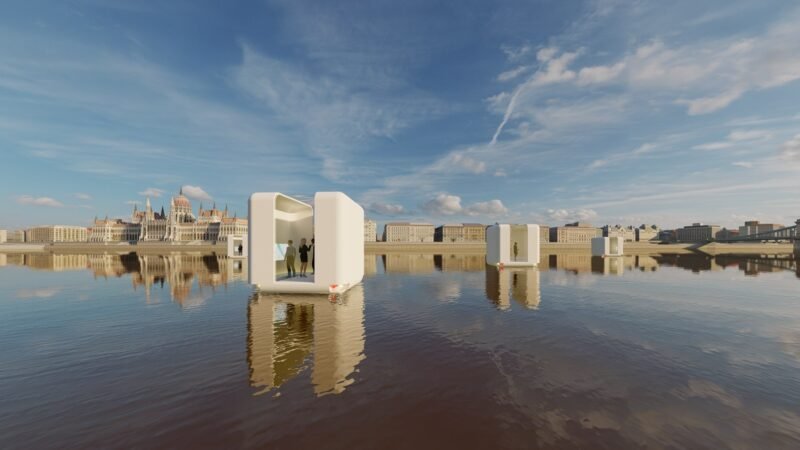NYC BigApps: The Final Results
Last October I wrote about some initiatives that aim to improve the so-called user-generated city. One of those initiatives is the New York BigApps competition, set up by the City of New York asking for innovative applications to make city life more transparent, accessible and accountable. Today the organization announced the winning project — WayFinder NYC. WayFinder is an Augmented Reality application on the smartphone enabling its users to find the nearest subway station in New York City. The winner won $ 20,000 and a breakfast with NYC’s mayor Michael Bloomberg.
“The City of New York is improving the way it provides information and transparency to citizens. But delivering great information requires great tools. The NYC BigApps Competition will reward the developers of the most useful, inventive, appealing, effective, and commercially viable applications for delivering information from the City of New York’s NYC.gov Data Mine to interested users.”
To me, the winners are somehow surprising, especially when taking the other apps into account. Although I didn’t try the winning WayFinder app yet and although the interface is pretty, I believe other competitors created more useful applications. The mean reason is the fact that the same service is already provided by Nearest Subway, a corporately developed application using Augmented Reality technology. I never understand why governmental organizations in general oftentimes want to reinvent such private initiatives for themselves. This proves a ‘me too’ mentality which mostly leads to sadly failure in the phase of real implementation.
Although the developed apps are interesting enough to spend government money on, somehow they show to be pretty much the same. They’re generally about finding something in public space, whether it’s about schools, trees, or subway stations, these services are technically pretty much comparable. To be honest I expected more creativity. Taxihack, a cabdrivers evaluation app that won the second price is a positive exception. It combines customer opinions and collectively shared information. I may be wrong, but I heard Amsterdam (the city that is world-famous for its impolite cabdrivers) is also busy developing such a service.
“Taxihack allows users to post live comments on NYC taxis and their drivers via email (alert@taxihack.com) or Twitter. Users send messages to the system, including either the medallion number (like 1A23) or the driver’s number (located on the driver’s id visible in the backseat).”




